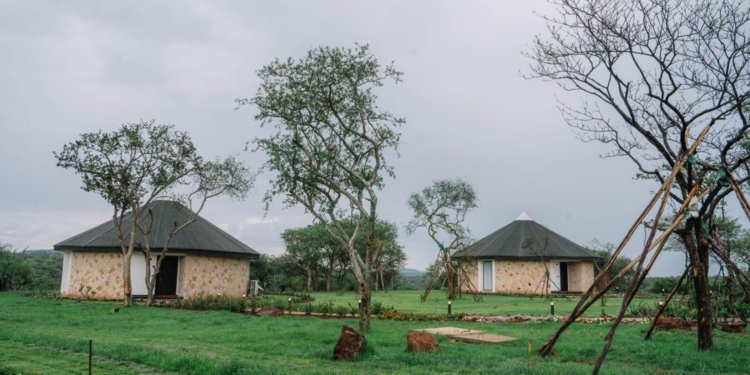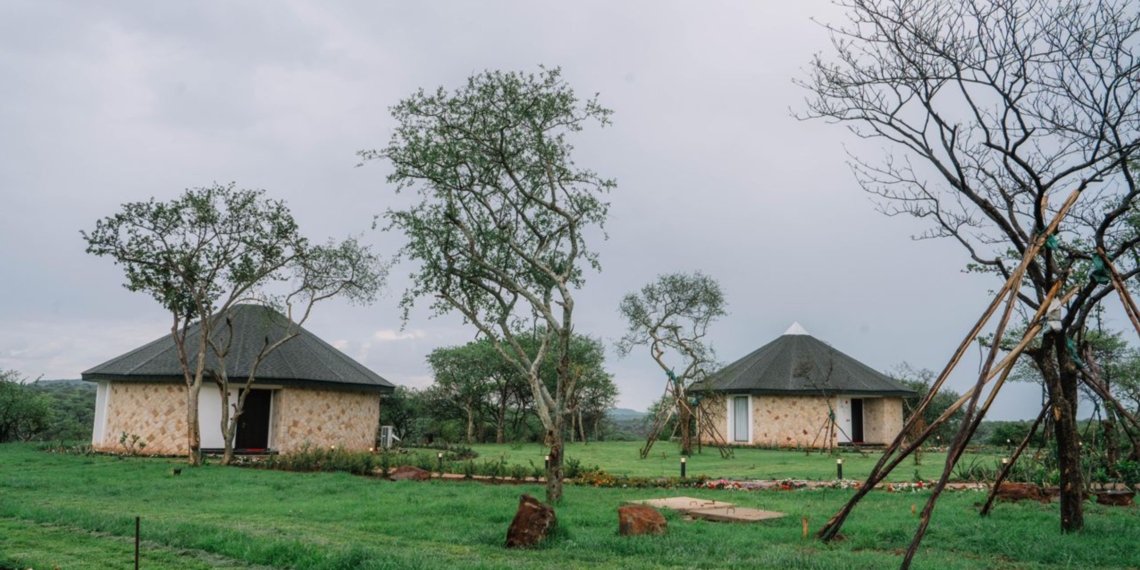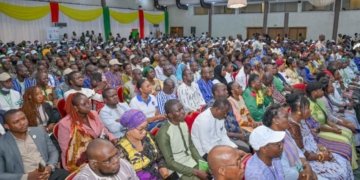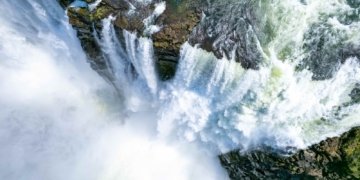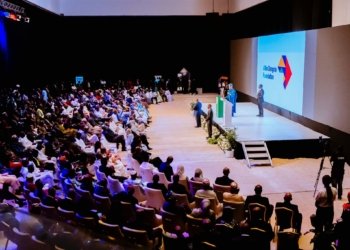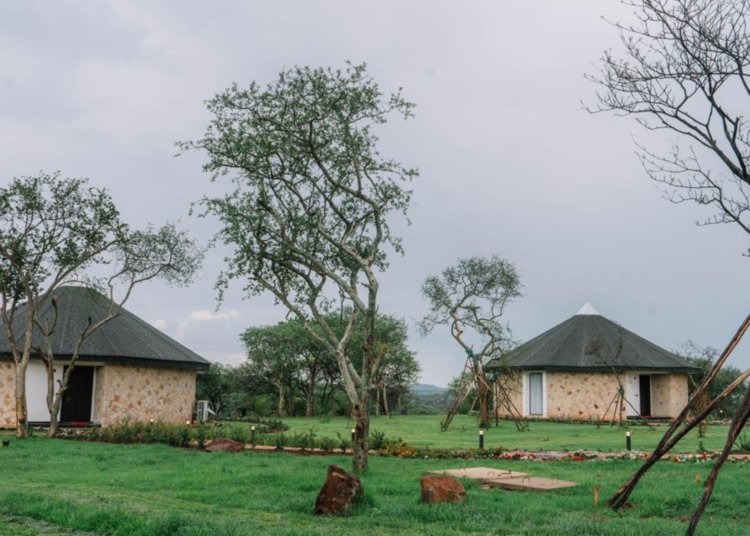Rising 4,377 meters above sea level, Tullu Dimtu stands as the second-highest peak in Ethiopia and the crown of the breathtaking Bale Mountains.
From its summit, one can gaze across the vast Sanetti Plateau, home to rare wildlife such as the Ethiopian wolf and the giant mole rat, both endemic to Ethiopia.
Located about 400 kilometers southeast of Addis Ababa in the Oromia Region, Bale Mountains National Park stretches more than 2,000 square kilometers.
With its alpine plateaus, lush forests, grasslands and remarkable biodiversity, the park has often been described as “different worlds in one park.”
According to the UN Tourism World Tourism Barometer (September 2025 edition), international tourism grew by 5% in the first half of 2025, with Ethiopia among the African destinations showing steady recovery and renewed interest.
In October, Prime Minister Abiy Ahmed, First Lady Zinash Tayachew and other senior officials visited the Bale Zone to inaugurate a series of development projects aimed at establishing the region as a leading eco-tourism and agricultural destination.
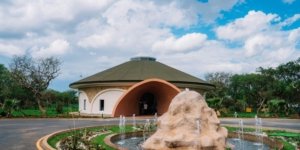
Sustainable tourism gaining ground
A central focus of the visit was Bale Mountains National Park, where multiple tourism infrastructure projects are underway. The nearly completed Dinsho Lodge, located at the heart of the park, is expected to boost accommodation capacity for visitors.
In the Harenna Forest, work continues on the Rira Eco Lodge, along with viewpoints, restaurants and coffee shops along hiking and driving trails.
“These developments are significant as they aim to promote sustainable tourism, create local employment opportunities, and enhance visitors’ comfort and experience of the park’s unique natural and cultural heritage,” Abiy said.
Spotlight on natural wonders
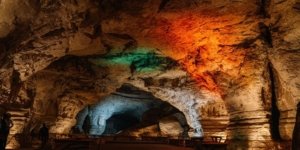
Among Bale’s standout attractions is Sof Omar Cave, the longest cave system in Africa. Known for its striking geological formations, cultural significance and ecological value, the cave is now the focus of a tourism revitalization effort.
The Sof Omer Luxury Lodge and Cave Development Project is being developed to improve visitor infrastructure and offer high-end accommodations.
Just upstream, the scenic Fincha Habera Waterfall flows into the Weib River, which feeds into the cave system.
The area is home to the Ethiopian red fox, rich birdlife and a newly discovered cave system. A glamping site is also under construction nearby.
“When we see through the eyes of abundance, we recognize that Ethiopia is a land of plenty and enough for all,” Prime Minister Abiy, reflecting on a recent visit, said.
“Our shared task is to uncover, nurture, and build upon these treasures so that the next generation may carry the mantle forward. Ethiopia is indeed a land of abundance. Let us come together, dare to dream, and build our collective tomorrow,” he said.
Building connections through infrastructure
Infrastructure remains at the core of Ethiopia’s tourism and development ambitions. The country recently completed its first eco-tourism railway, designed and constructed entirely by local engineers.
Road access has also been significantly enhanced. The Robe–Goro–Sof Omer–Ginir Junction Road Upgrading Project spans 29 kilometers and includes five new bridges ranging from 12 to 140 meters in length.
In a previous statement, the prime minister described the project as playing a vital role in linking the highly productive agricultural zones of East Bale and Bale with central Ethiopia.
He also emphasized that the improved roads would help integrate the region economically and improve travel between major destinations such as the Sof Omer Cave and Bale Mountains National Park.
Irrigation and food sovereignty
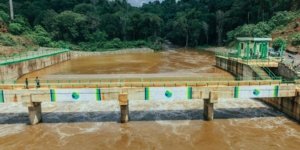
Beyond tourism, the federal government is expanding agricultural infrastructure in the region. On October 19, Abiy inaugurated the Welmel River Irrigation Development Project in Delo-Mena Woreda.
Led by the Ministry of Irrigation and Lowlands, the project will irrigate more than 9,600 hectares of farmland and support approximately 20,000 farming households.
“By establishing a sustainable surface irrigation system, the project seeks to improve the livelihoods and resilience of local communities that have long depended on rain-fed agriculture,” the prime minister said.
“Upon full operation, the project will provide reliable irrigation for 9,687.45 hectares of farmland, supporting around 20,000 farming households.”
The project also aims to promote food sovereignty by strengthening local water management institutions and encouraging community ownership.
A land of richness and potential
As Ethiopia’s Ten-Year Strategic Plan continues to position tourism as a pillar of economic growth, the Bale Zone is emerging as a model of balanced development.
“Day one in the Bale Zone has shown us the powerful nexus between natural wonders and development progress,” Abiy said.
“This potential will soon be strengthened by the completion of the Dinsho Lodge, located at the heart of the park.”
With its abundant landscapes, ecological importance and expanding tourism infrastructure, the Bale Mountains are quickly becoming a symbol of Ethiopia’s transformation.
Tourism as a pillar of national transformation
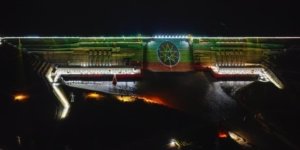
The Grand Ethiopian Renaissance Dam (GERD), one of Africa’s largest infrastructure projects, was inaugurated in September 2025 during a colorful ceremony attended by leaders and dignitaries.
With a generation capacity of 5,000 megawatts, the dam represents a milestone in Ethiopia’s energy independence and economic development.
In addition to its strategic role, GERD is now being positioned as a tourism destination.
Ethiopian Airlines has begun operating twice-weekly flights to Guba, near the dam site, following an announcement by Prime Minister Abiy that the area is open for public visits.
In a recent newsletter, Minister of Tourism H.E. Selamawit Kassa emphasized the role of national reform in transforming Ethiopia’s tourism landscape.
“The national reform Ethiopia implemented a few years ago ushered in a new era for the tourism sector. Tourism now holds a front-seat status as one of the key priority sectors for generating economic growth for the country,” she said.
“Thanks to this newfound focus on the sector, the Ministry of Tourism was established as an independent government agency with a view to unleash Ethiopia’s immense tourism potential.”
Abiy has consistently urged Ethiopians to unite, saying, “Let us come together, dare to dream, and build our collective tomorrow.” He added, “Ethiopia is indeed a land of abundance.”
BALE ZONE, Ethiopia
Reported by Felix Tih, Bantu Gazette
